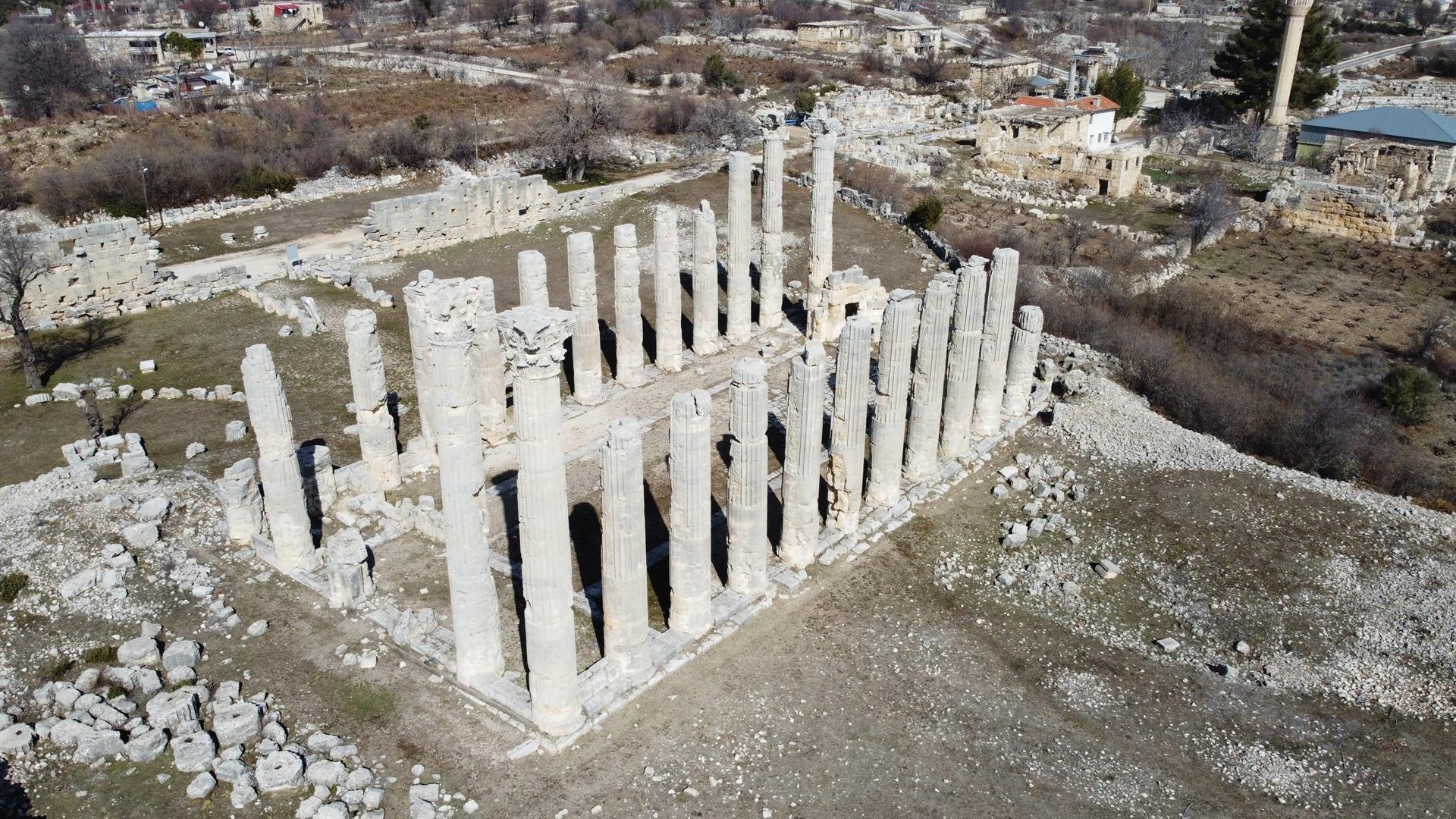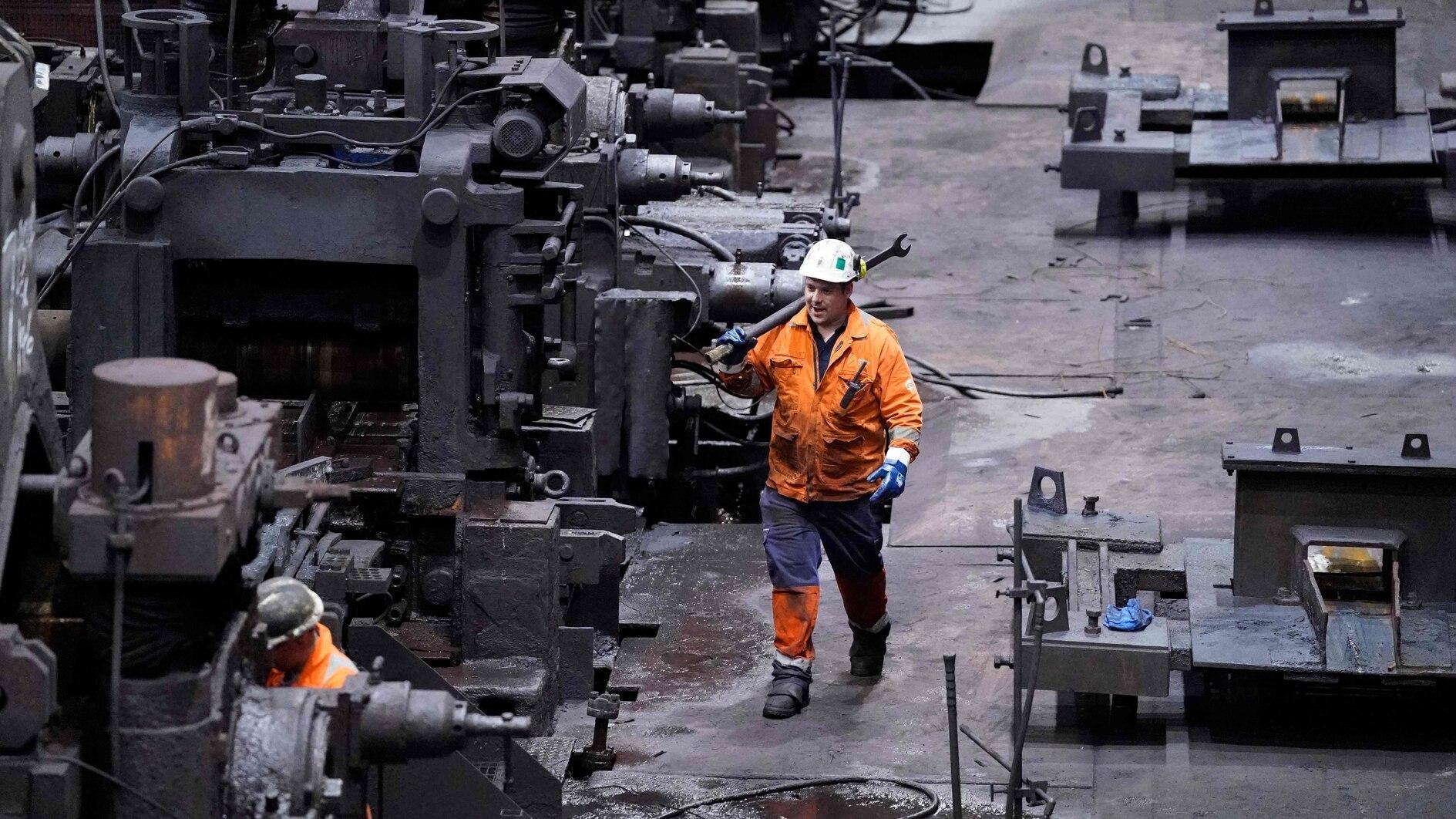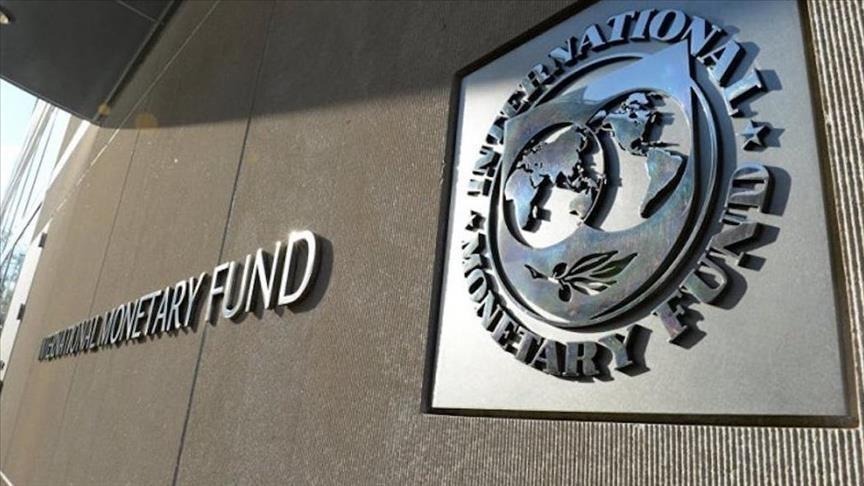Turkey’s ancient city of Uzuncaburç to be revived
MERSİN

The ancient city of Uzuncaburç in the southern province of Mersin, one of the preserved structures of the Hellenistic period, will be restored in a specially designed project to reflect its 2,300-year history.
Located 30 kilometers north of Silifke district, the ancient city attracts the attention of history enthusiasts throughout the year with its colonnaded street, temples, monumental fountains and theater. The ancient city, which was the place of worship of the Kingdom of Olba (Ura) in the Hellenistic Age, welcomes its visitors with a seven-meter-high Ceremonial Gate.
In the ancient city, where a historical fountain can be seen just after the gate, there is a Temple of Zeus, which is located in a large courtyard and surrounded by 36 large columns. There is also an ancient theater in Uzuncaburç, which was built around 1,900 years ago during the Roman Empire period.
When the Turks entered Anatolia in 1071 after the Byzantine period, the ancient city was named “Uzuncaburç” because of its high tower, the symbol of the city.
A restoration project, prepared by a team led by Ümit Aydınlıoğlu, associate professor at Mersin University, is set to start this year. In the works that focus on the historic theater in Uzuncaburç, the goal is to preserve the original state of the ancient city and bring it to tourism.
Speaking to the state-run Anadolu Agency, Mersin Governor Ali İhsan Su said that Uzuncaburç is one of the most important tourism destinations of the city.

Stating that the restoration project started with the projection of archaeological works, Su said: “Projects were prepared for the ancient theater, Temenos Wall and Hellenistic Tower. Works will begin this year with the restoration of the ancient theater. There are 11 houses in the region, and these houses were expropriated.”
“After the restoration works, the houses there will serve tourism. They will be projected according to the needs of the guests for purposes such as boutique hotels, cafes and exhibition houses,” he added.
Noting that approximately one-kilometer-long Roman road was unearthed during excavations in the region, Su said: “We are making a very special destination project for Uzuncaburç. People will also benefit from bungalow houses. At the same time, they will be able to trek on the Roman road and reach Narlıkuyu.”
The head of the excavations, Aydınoğlu said that Uzuncaburç was one of the most important ancient cities in the Hellenistic era.
Stating that the ancient city housed sacred sites of the period, Aydınoğlu said: “The Temple of Zeus in the ancient city is a very large structure attributed to the god named Zeus and served as the religious center of the whole region. It is perhaps one of the largest buildings of the Hellenistic period in the ancient world, with its surrounding wall, temple, and monumental entrance door, called Temenos. For this reason, we can define Uzuncaburç as a religious center and the capital of the region.”

Noting that Uzuncaburç had a strong interaction with its environment, Aydınoğlu said, “This was an ancient city that dominated its surroundings. Since it was the capital city, it had communication with the whole environment, Erdemli and Silifke districts. It can be seen that all coastal roads are connected here. There are rural settlements, castles and towers around it in order to protect and watch over the capital. When we look at the agricultural field, all of the ancient farms in the region are located around the ancient city.”
Speaking of the ancient theater, Aydınoğlu said,” The ancient theater in Uzuncaburç is very important for us. We have carried out archaeological excavations here over the recent years. It is a very well preserved ancient theater with a capacity of 3,000 people. The stage is a two-story structure. Its superstructure collapsed due to the earthquake, but we removed it from under the ground.”
















